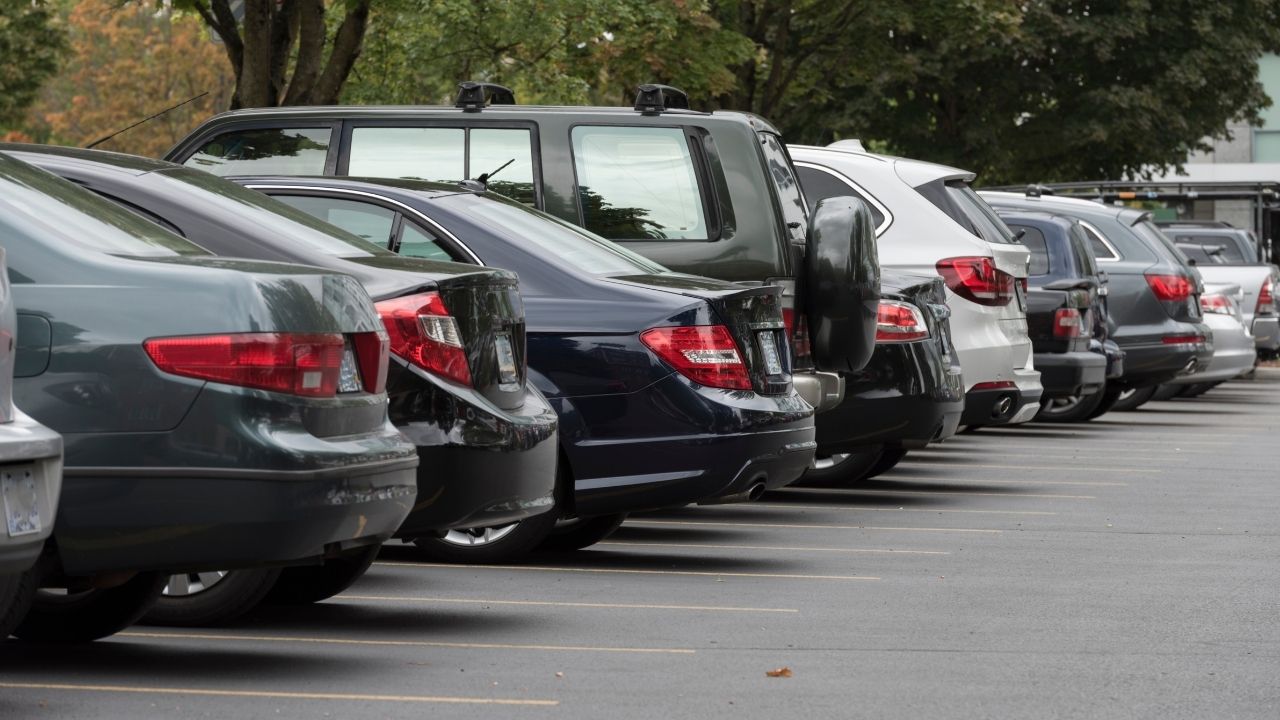Lifestyle
Used Car Prices on the Rise: What You Need to Know

The impacts of the Covid-19 pandemic are wide-ranging. Some are also easy to overlook. Not every effect of the pandemic is as obvious as others.
For example, rental car companies often sell their vehicles after a year or so. This practice plays a critical role in determining the average cost of pre-owned vehicles. Many used cars are actually formerly rental cars.
However, because travel was extremely limited during the pandemic, when rental car companies sold off their vehicles early, they didn’t buy replacements. The low demand for rental cars made buying new vehicles unnecessary at the time.
This has resulted in a shortage of used cars available to buyers. Because rental companies didn’t buy as many replacements as they typically would, they now don’t have as many vehicles to sell to used car dealers and buyers.
This is one of several reasons used car prices are remarkably high right now. The implications of this for car buyers, owners, and sellers are numerous.
For example, if a car owner was considering eventually selling their vehicle and upgrading to a new model, now may be the best time to do so. Used cars are currently scarce, but that won’t always be the case. As their availability returns to normal levels, so will their prices. If a seller waits to sell their vehicle, by the time they do, they may not get nearly as much money for it as they would if they sold sooner rather than later.
It’s also worth noting that the pandemic made manufacturing and designing new vehicles very challenging for several months. This also contributed to the rise in used car prices. With fewer new vehicles available, buyers had to purchase used cars. Increased demand yielded increased cost.
However, new vehicles are beginning to hit the road again as the pandemic winds down. A buyer might thus sell their used car for a good price now in order to upgrade to a new model.
Even someone who doesn’t currently own a vehicle might want to consider these factors if they were planning on buying one in the near future. This is the case if they initially planned on buying a used car to save money.
Typically, buying a pre-owned vehicle instead of a new one is an effective way to limit spending when a buyer is on a tight budget. However, given that used car prices are currently much higher than ordinary, the amount of money a buyer could save is currently somewhat limited. They may simply be better off buying a new car that’s in better condition and boasts more innovative features.
Additionally, while demand for used vehicles may eventually wane, reducing their cost as a result, experts believe that might not necessarily happen soon. Now that vaccines are available and restrictions are being lifted, many people are buying used cars out of a desire to travel. This trend may continue for at least a year. As such, the high demand for used cars is probably going to remain consistent for some time.
Whether someone plans on buying a car, selling a car, or both, they should remember these points when deciding how to proceed. The rise in used car prices may be one of the more overlooked ripple effects of the pandemic. However, for drivers, it could also be one of the more significant.
Lifestyle
Wanda Knight on Blending Culture, Style, and Leadership Through Travel

The best lessons in leadership do not always come from a classroom or a boardroom. Sometimes they come from a crowded market in a foreign city, a train ride through unfamiliar landscapes, or a quiet conversation with someone whose life looks very different from your own.
Wanda Knight has built her career in enterprise sales and leadership for more than three decades, working with some of the world’s largest companies and guiding teams through constant change. But ask her what shaped her most, and she will point not just to her professional milestones but to the way travel has expanded her perspective. With 38 countries visited and more on the horizon, her worldview has been formed as much by her passport as by her resume.
Travel entered her life early. Her parents valued exploration, and before she began college, she had already lived in Italy. That experience, stepping into a different culture at such a young age, left a lasting impression. It showed her that the world was much bigger than the environment she grew up in and that adaptability was not just useful, it was necessary. Those early lessons of curiosity and openness would later shape the way she led in business.
Sales, at its core, is about connection. Numbers matter, but relationships determine long-term success. Wanda’s time abroad taught her how to connect across differences. Navigating unfamiliar places and adjusting to environments that operated on different expectations gave her the patience and awareness to understand people first, and business second. That approach carried over into leadership, where she built a reputation for giving her teams the space to take ownership while standing firmly behind them when it mattered most.
The link between travel and leadership becomes even clearer in moments of challenge. Unfamiliar settings require flexibility, quick decision-making, and the ability to stay calm under pressure. The same skills are critical in enterprise sales, where strategies shift quickly and no deal is ever guaranteed. Knight learned that success comes from being willing to step into the unknown, whether that means exploring a new country or taking on a leadership role she had not originally planned to pursue.
Her travels have also influenced her eye for style and her creative pursuits. Fashion, for Wanda, is more than clothing; it is a reflection of culture, history, and identity. Experiencing how different communities express themselves, from the craftsmanship of Italian textiles to the energy of street style in cities around the world, has deepened her appreciation for aesthetics as a form of storytelling. Rather than keeping her professional and personal worlds separate, she has learned to blend them, carrying the discipline and strategy of her sales career into her creative interests and vice versa.
None of this has been about starting over. It has been about adding layers, expanding her perspective without erasing the experiences that came before. Wanda’s story is not one of leaving a career behind but of integrating all the parts of who she is: a leader shaped by high-stakes business, a traveler shaped by global culture, and a creative voice learning to merge both worlds.
What stands out most is how she continues to approach both leadership and life with the same curiosity that first took her beyond her comfort zone. Each new country is an opportunity to learn, just as each new role has been a chance to grow. For those looking at her path, the lesson is clear: leadership is not about staying in one lane; it is about collecting experiences that teach you how to see, how to adapt, and how to connect.
As she looks to the future, Wanda Knight’s compass still points outward. She will keep adding stamps to her passport, finding inspiration in new cultures, and carrying those insights back into the rooms where strategy is shaped and decisions are made. Her legacy will not be measured only by deals closed or positions held but by the perspective she brought, and the way she showed that leading with a global view can change the story for everyone around you.
-

 Tech5 years ago
Tech5 years agoEffuel Reviews (2021) – Effuel ECO OBD2 Saves Fuel, and Reduce Gas Cost? Effuel Customer Reviews
-

 Tech6 years ago
Tech6 years agoBosch Power Tools India Launches ‘Cordless Matlab Bosch’ Campaign to Demonstrate the Power of Cordless
-

 Lifestyle6 years ago
Lifestyle6 years agoCatholic Cases App brings Church’s Moral Teachings to Androids and iPhones
-

 Lifestyle5 years ago
Lifestyle5 years agoEast Side Hype x Billionaire Boys Club. Hottest New Streetwear Releases in Utah.
-

 Tech7 years ago
Tech7 years agoCloud Buyers & Investors to Profit in the Future
-

 Lifestyle5 years ago
Lifestyle5 years agoThe Midas of Cosmetic Dermatology: Dr. Simon Ourian
-

 Health7 years ago
Health7 years agoCBDistillery Review: Is it a scam?
-

 Entertainment6 years ago
Entertainment6 years agoAvengers Endgame now Available on 123Movies for Download & Streaming for Free
